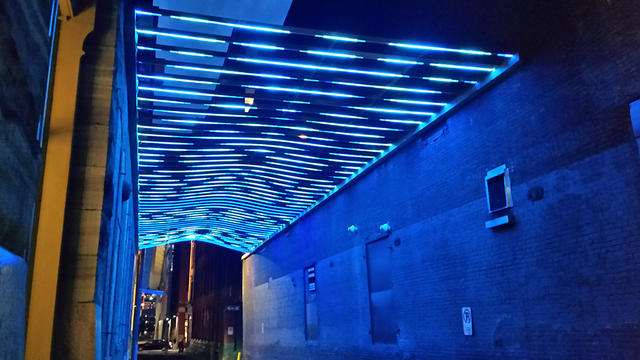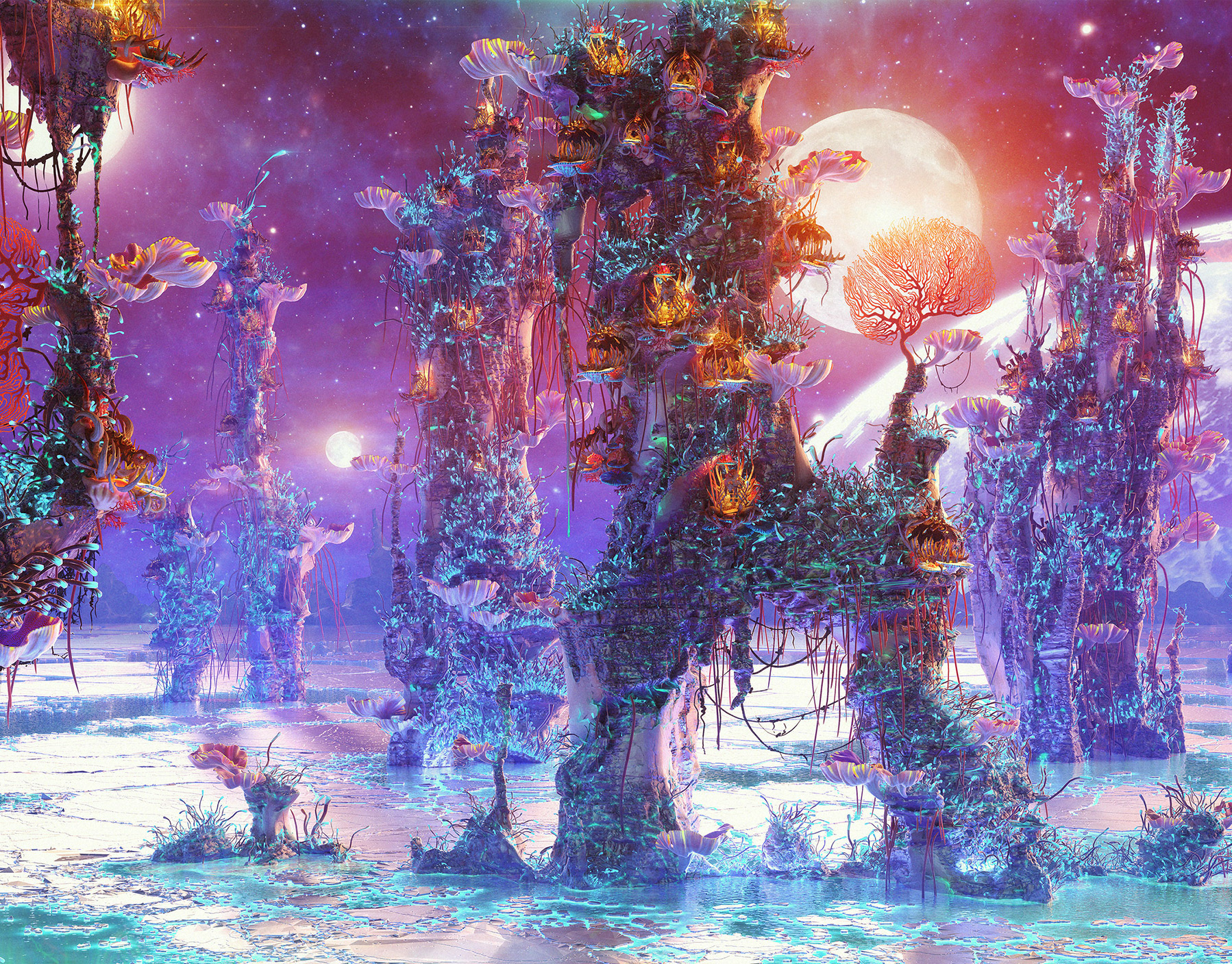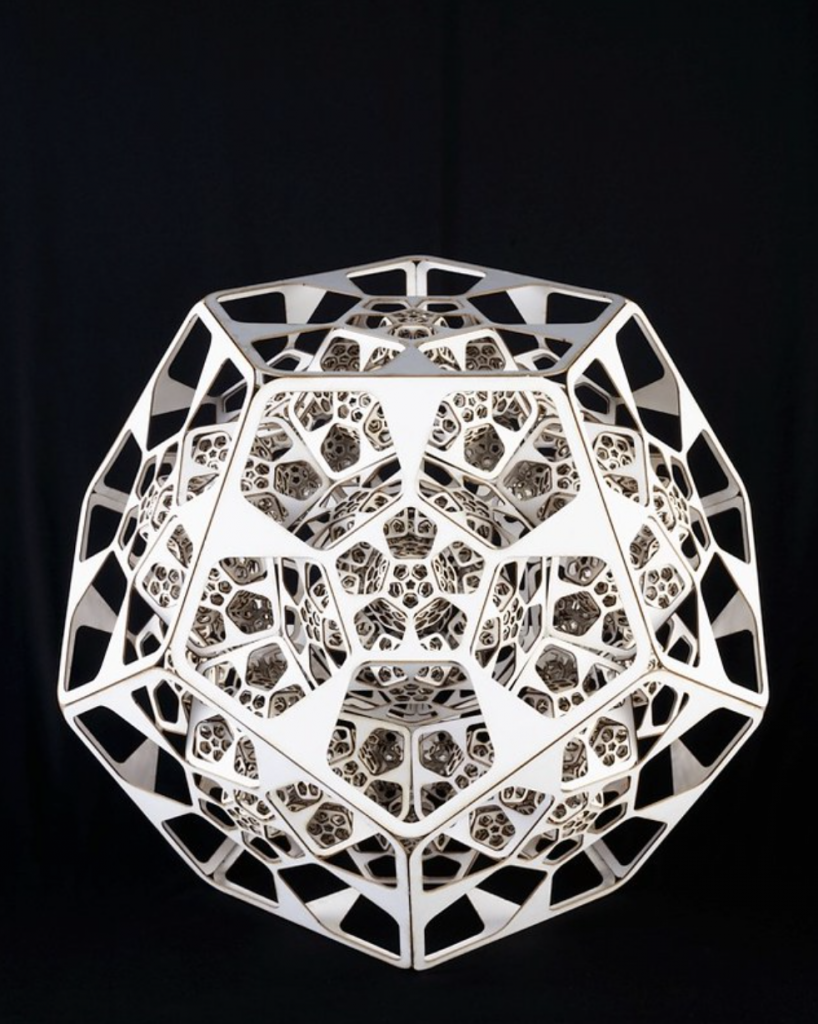A societal issue I read about was how Artificial Intelligence has a problem with gender and racial bias. The article also offers solutions in how to fix that. The article was written by Joy Buolamwini for Time magazine in 2019. Buolamwini is a computer scientist and poet of code who uses art and research to illuminate the social impacts of artificial intelligence. She has founded the Algorithmic Justice League, a foundation working towards creating more equitable and accountable technology in the world. The article itself is about her MIT Thesis, in which she used AI services from Microsoft, IBM, and Amazon, and used photos of famous black women to see how they AI would identify them. When she evaluated them, she found that for darker-skinned women, errors of guessing the gender of the faces were 35%, and failed to correctly classify the faces of Oprah Winfrey, Michelle Obama, and Serena Williams. She found that by using a white mask, the computer then was able to correctly identify the gender.
The issue surrounding gender and racial bias in AI, is due to the fact that women of color rarely are in positions to develop this technology. Most of the technology in AI fields are created by white males. The AI’s data set that it is using to help recognize faces also has less women of color than men or lighter skinned people. Buolamwini highlights the many different organizations that are trying to combat this bias in AI, and calls for governments and police to stop using this technology in identifying individuals, as it will incorrectly identify women of color and perpetuate a system of abuse.
![[OLD SEMESTER] 15-104 • Introduction to Computing for Creative Practice](https://courses.ideate.cmu.edu/15-104/f2022/wp-content/uploads/2023/09/stop-banner.png)



